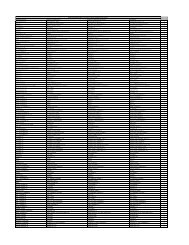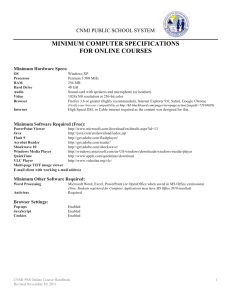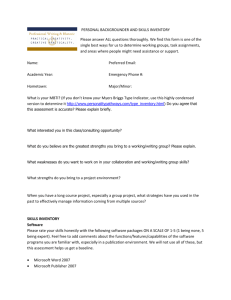

The rate of seagrass decline has accelerated from a median of 0.9% per year before 1940 to 7% per year since 1990. According to a recent meta-analysis of quantitative data on seagrass coverage from 215 sites around the world, more than 51,000 km 2 of seagrass meadows have been lost during the past 127 years. Unfortunately, seagrass populations have been disappearing recently worldwide, primarily due to anthropogenic pressure such as reclamation, dredging, and climate change. Seagrasses are thus considered a valuable ecosystem component in coastal and estuarine habitats. The structural components of seagrass leaves, rhizomes, and roots alter water currents, buffer physical forces of waves, and filter organic nutrients or pollutants, which help to improve water quality, stabilize sediment bottoms, and enhance carbon sequestration. They are often called “ecosystem engineers” as they can modify surrounding biotic and abiotic marine environments, creating their own habitats.

For example, they are primary producers and seagrass beds also provide important habitats, serving as both nursery and grazing areas for other marine organisms. Seagrasses, marine angiosperms, play a pivotal role in ecosystem functioning and services in coastal zones. The funders had no role in study design, data collection and analysis, decision to publish, or preparation of the manuscript.Ĭompeting interests: The authors have declared that no competing interests exist. įunding: This research was supported by the Ministry of Oceans and Fisheries of Korea (Project title: Long-term changes in structure and function in the marine ecosystems of Korea) to SRP and HJL, a National Research Foundation of Korea (NRF) grant funded by the Korean government (MEST NRF-2014R1A1A2059401) to HJL and the Sangji University Research Fund, 2014 to HJL. This is an open access article distributed under the terms of the Creative Commons Attribution License, which permits unrestricted use, distribution, and reproduction in any medium, provided the original author and source are credited.ĭata Availability: The microsatellite data (e.g., ramets sampled, genets) for the population samples (Jeju Island, South Sea) have been deposited in DRYAD, entry doi. Received: OctoAccepted: MaPublished: March 21, 2017Ĭopyright: © 2017 Kim et al. PLoS ONE 12(3):Įditor: Tzen-Yuh Chiang, National Cheng Kung University, TAIWAN (2017) Population genetic structure of eelgrass ( Zostera marina) on the Korean coast: Current status and conservation implications for future management. Overall, our work will inform conservation and restoration efforts, including transplantation for eelgrass populations at the southern tip of the Korean Peninsula, for this ecologically important species.Ĭitation: Kim JH, Kang JH, Jang JE, Choi SK, Kim MJ, Park SR, et al. Depleted genetic diversity, small effective population sizes ( N e) and limited connectivity for populations on Jeju Island indicate that these populations may be vulnerable to local extinction under changing environmental conditions, especially given that Jeju Island is one of the fastest warming regions around the world. In additional depth comparisons, statistically significant genetic differentiation was observed between shallow (or middle) and deep zones in two of three sites tested.

We also found weak but detectable temporal variation in genetic structure within a site over 10 years. South Korean eelgrass populations were substantially genetically divergent from one another ( F ST = 0.061–0.573), suggesting that limited contemporary gene flow has been taking place among populations. The level of genetic diversity was found to be significantly lower for populations on Jeju Island, which is located approximately 155 km off the southernmost region of the Korean Peninsula, than for those in the South Sea (mean AR = 2.69, R = 0.82), which is on the southern coast of the mainland. We examined the current population genetic status of this species on the southern coast of Korea by estimating the levels of genetic diversity and genetic structure of 10 geographic populations using eight nuclear microsatellite markers. Recently, however, there has been a drastic decline in the population size of Z.

Zostera marina (common name “eelgrass”) is one of the seagrass bed-forming species distributed widely in the northern hemisphere, including the Korean Peninsula. Seagrasses provide numerous ecosystem services for coastal and estuarine environments, such as nursery functions, erosion protection, pollution filtration, and carbon sequestration.


 0 kommentar(er)
0 kommentar(er)
